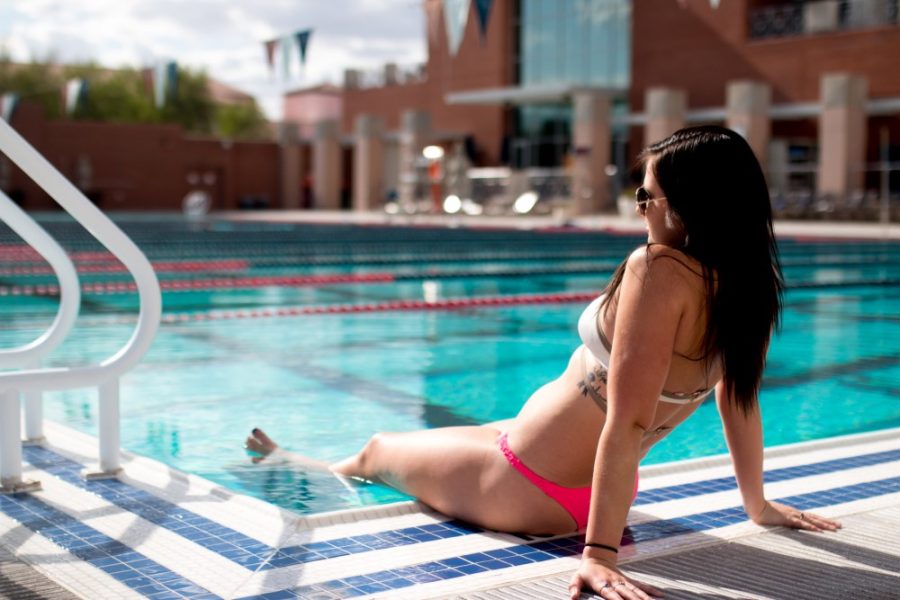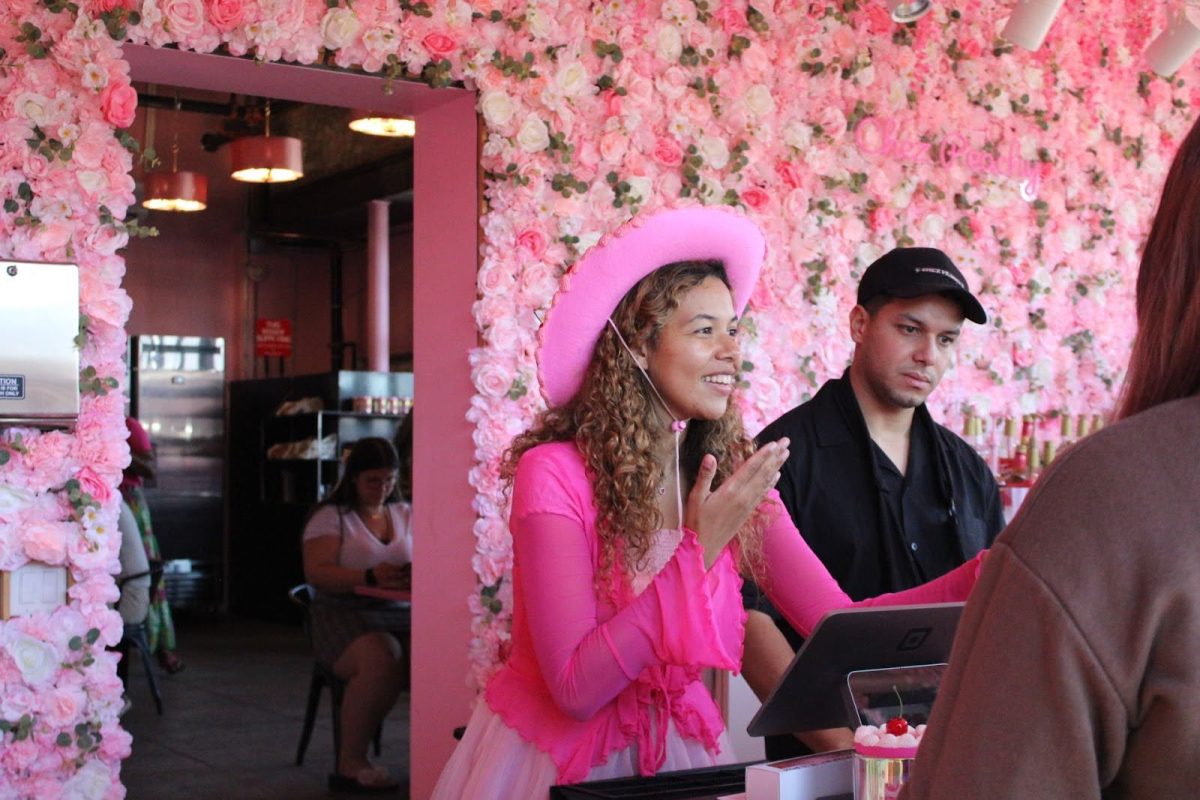An invisible threat
Southern Arizona ranks No. 2 in the world for skin cancer, following Queensland, Australia, according to Sally Dickinson, a research assistant professor of pharmacology at the UA.
“[Tucson is] a hot spot,” Dickinson said.
An Ultra Violet index is used to measure the strength and the potential health risks, such as sunburn, from exposure to UV rays at any given time or place. As the index number increases, so does the risk of getting a sunburn.
The UV index is generally higher in Arizona due to its proximity to the equator—meaning there are constant direct rays of sunlight. This proximity also means the UV index does not fluctuate as much throughout the year; it is always moderate to extreme.
The definition of a sunburn is a type of skin burn from short-term overexposure to UV, whether it be from natural sunlight or an artificial form, such as tanning beds. UV light is an invisible threat, penetrating the layers of skin without immediately noticeable damge.
There are three types of UV light emitted from the sun. They are classified by their wavelength and from longest to shortest are UVA, UVB and UVC. The shorter the wavelength, the more damage radiation can do to the human body, especially to the eyes and skin.
The atmosphere completely filters out UVC rays, the shortest and most dangerous of the three, as well as 90-95 percent of UVB, according to Dickinson. On the other hand, the ozone layer does nothing to weaken the intensity of UVA rays. Ninety-five percent of the UV radiation that reaches the Earth’s surface is type A, according to the World Health Organization.
Now, please take a moment to thank the Earth’s atmosphere.
UVA radiation’s long wavelength allows the radiation to extend deeper into the middle layer of skin, or the dermis, while UVB is only able to reach the epidermis, the outermost layer of skin.
UVA and UVB together can cause direct DNA damage, which can cause premature aging, leathery skin and ultimately skin cancer after long-term exposure.
“Anytime you get a sunburn, you have all this [DNA] damage that’s being repaired or trying to be repaired [in your skin cells],” Dickinson said.
The process of peeling after a sunburn is the skin’s way of ridding itself of the cells too damaged to be repaired.
An enzyme called DNA polymerase, which aids in the DNA replication process, usually corrects the mutation with its proofreading ability. The problem starts when the damaged genes are not noticed and corrected, which causes these genes to replicate improperly.
This build up of mutations can lead to skin cancer.
Some people say they always tan instead of burn, but this does not mean their skin is genetically undamaged by the UV rays. UV damage “wakes up” melanocytes, according to Dickinson.
Melanocytes are melanin-producing cells that disperse the pigment through the skin when threatened by UV rays. Those people have more melanocytes in their epidermis.
“A tan is the skin’s way of protecting itself from the sun in the future,” Dickinson said.
Don’t be part of the statistics
About one in five Americans will develop skin cancer in their lifetime, according to the Environmental Protection Agency.
There is a common misconception about the meaning of SPF, or Sun Protection Factor.
An SPF rating determines how much more time one can stay in the sun while wearing sunscreen without getting sunburned, compared to the same exposure time without the sunscreen, according to Dickinson.
Simply put, an SPF of 15 protects you against sunburn 15 times longer than unprotected exposure to UV rays.
That being said, sunscreen also has to be reapplied on average every 90 minutes, even if the SPF protects the skin for a longer period of time.
Dickinson strongly advises against the use of anything over SPF 30 because the skin is saturated with about 98 percent protection. Using a higher SPF will only cover your skin with harsher chemicals.
There are many other ways to protect yourself from UV exposure besides sunscreen, such as protective clothing, shade and avoiding times of high UV index.
“Avoid tanning beds like [you would avoid] the plague,” Dickinson said.
Follow Kaite Fletcher on Twitter.









